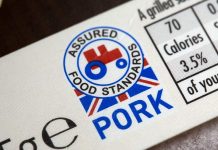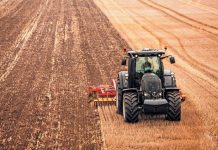BREAK DOWN OF STARTING A POND WITH 2,500 FISH
Q. I am interested in aquaculture which I intend to do in Homa Bay along two permanent rivers with a group of educated but unemployed youths willing to soil their hands.
Kindly guide us on the requirements, possible costs per pond of 2,500 tilapia fingerlings, the feeding and any other incidental costs.
We intend to roll out and fill the first 20 ponds soon. Our target is to have 100 ponds by June 2018 as well as a cold room for storage. We will appreciate if you could take us through step-by-step for this venture to be a success.
Eng. Paul Mboga
An old Chinese adage goes, “Give a man a fish, and you feed him for a day. Teach a man to fish, and you feed him for a lifetime.” With this spirit, I will guide you through some aspects that are required as you venture into the field.
Requirements:
For a successful aquaculture venture, consider land, water, feed management and marketing strategy, among others.
According to your explanation, land is not a challenge therefore the possibility for expansion of the venture is viable.
Water: Water quality and quantity should be emphasised. Fresh water, in this case, is paramount for your success.
River water is recommended for aquaculture, the only requirement needed is the screening for predators.
Where the water is more turbid, I recommend that you have a reservoir pond where it will be pumped first for settling before channelling it to functional ponds.
Feed management: In aquaculture, 50-60 per cent of the production cost is channelled into feeding alone.
Protein content in fish feeds is high hence they cost more when compared to terrestrial livestock.
Both local feeds and commercial imported diets are present in the country with the latter being effective due to their Food Conversion Ratio (FCR).
However, they have a negative impact on water quality when compared to the former.
Based on your region, you can access fish meal and other agro-based by-products like wheat bran, rice bran and cotton seed cake, among others, to formulate your local feeds but always do a Cost Benefit Analysis over the commercial feeds.
Cost: I am not sure of the scale you opt to engage in. Usually, costing aquaculture unit varies from extensive to intensive systems.
I will cost a semi-intensive system of production where we are stocking five (5) fish per metre square. Therefore, 2,500 tilapia will be accommodated in a pond measuring up to 400m2. Excavating such a pond will chiefly depend on the type of soils available and labour costs of the region.
At your region, Sh30,000 or less will be enough to excavate and compact the pond. Up to Sh200,000 will be spent on feeding to the harvesting fish, which can be sold at Sh200 per piece.
Therefore, you need up to Sh255,000 (Sh30,000 for excavation of pond, Sh25,000 for fingerlings and Sh200,000 for fish feeds) which can give you a return of up to Sh500,000.
Some of the extra costs you are likely to incur include on plumbing, which will depend on the distance of the pond from the water source.
Each pond will require one Peggler (1.5’) gate valve costing up to Sh2,000, an overflow and pond drain pipe/outlet (2’ diameter).
Depending on the exposure of the place to predators, especially birds, you will be required to buy a predator pond cover net which can cost you Sh10,000 per pond.
Disease outbreak in aquaculture is very rare where water quality has been maintained.





